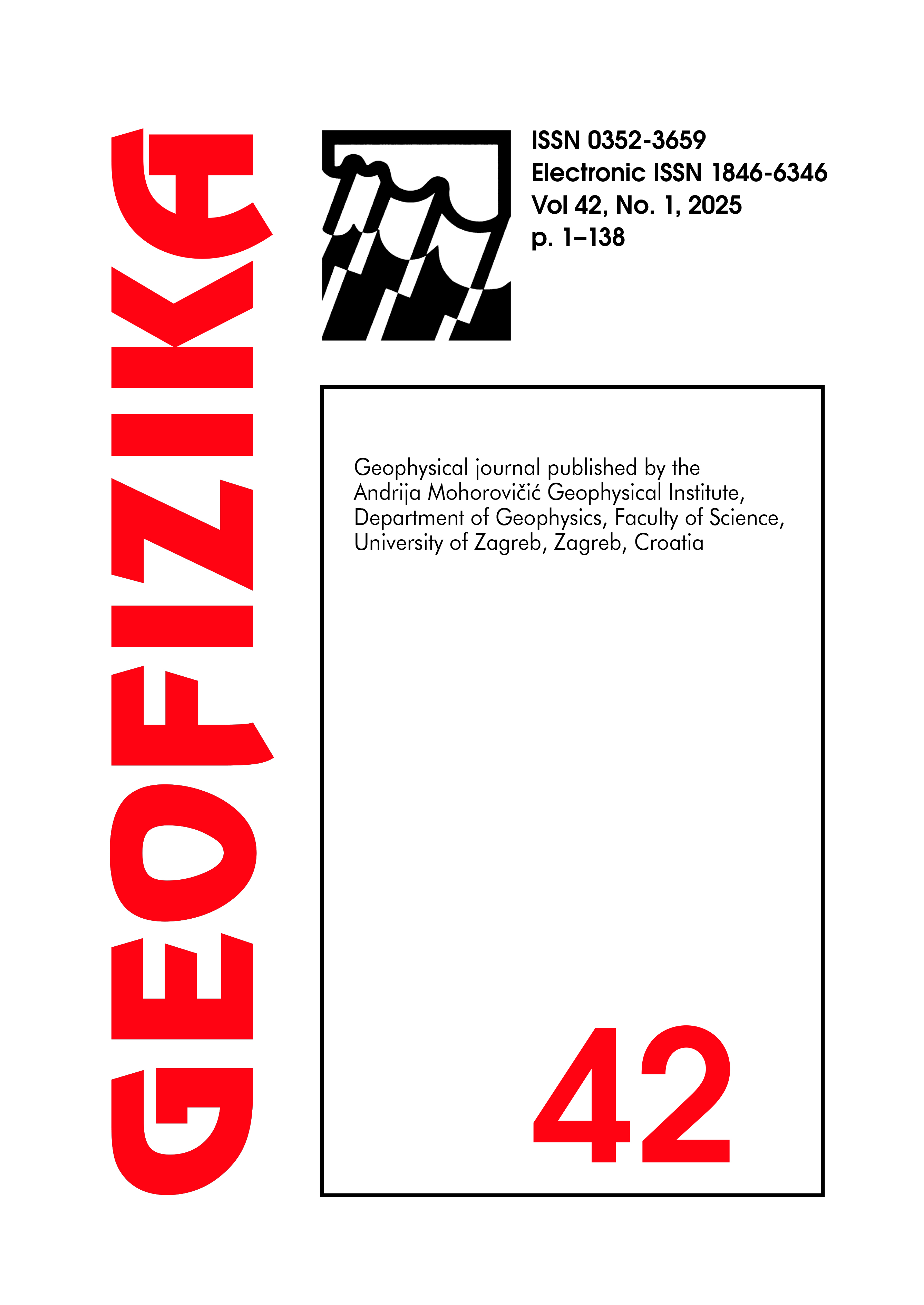Using empirical methods, GIS and bathymetric survey for assessing the siltation of Sidi-Yacoub Dam (northwestern Algeria)
DOI:
https://doi.org/10.15233/gfz.2025.42.5Keywords:
Siltation, Sidi-Yacoub Dam, Bathymetric Survey, Sedimentation Prediction Model, Geographic Information SystemsAbstract
The silting of dams is a critical issue that requires immediate solutions through a participatory approach involving diverse territorial stakeholders. This approach aims to mitigate sediment inputs and preserve the intrinsic qualities of water resources within dams. In this context, the present study evaluates the siltation rate of the Sidi-Yacoub Dam, located in the Oued El Ardjem watershed, and identifies the primary causes contributing to this phenomenon. The methodology employed combines the analysis of thematic maps with the application of the sedimentation prediction model Previsioni Interimento Serbatoi Artificiali (PISA) to calculate various parameters. The annual average of solid inputs reaching the reservoir is estimated at 376.74 m³/km²/year, corresponding to an overall siltation rate of 0.46 Mm³/year. The preservation of this hydraulic infrastructure is critical to optimizing water resource utilization in the region and supporting its economic and social development. This study underscores the importance of integrating empirical methods, Geographic Information Systems, and bathymetric surveys to achieve a comprehensive understanding of siltation dynamics. The findings indicate that the dam experienced a significant loss of approximately 32.22 Hm³ of capacity between 1985 and 2004, representing an 11.6% reduction in its initial storage volume. These results highlight the urgent need for effective sediment management strategies to ensure the long-term sustainability of water resources in Algeria and other regions confronting similar challenges.
Downloads
Published
Issue
Section
License
Copyright (c) 2025 G e o f i z i k a

This work is licensed under a Creative Commons Attribution-NonCommercial 4.0 International License.

